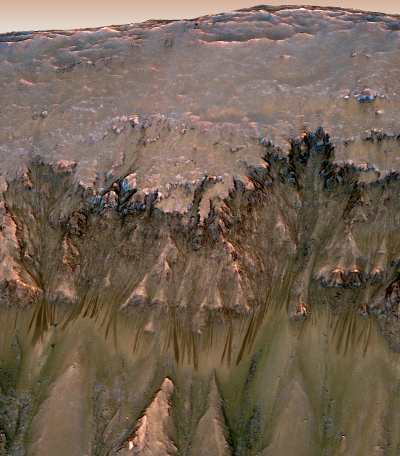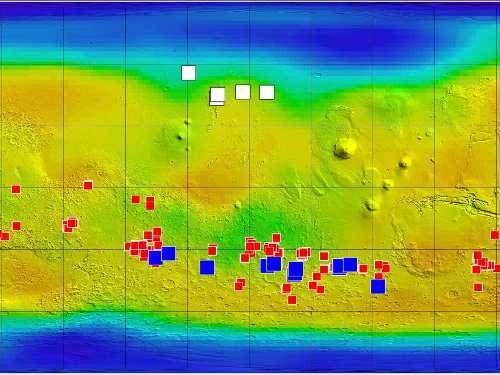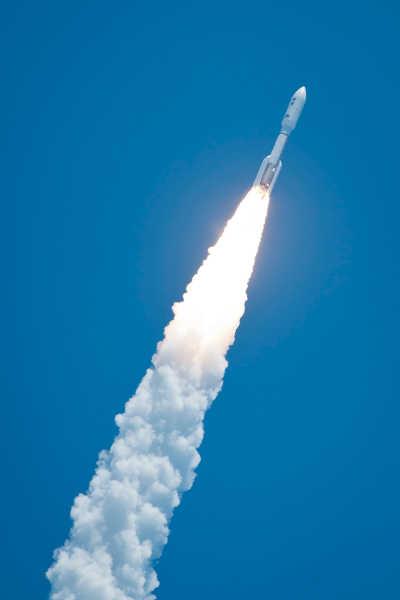- Camisha Knowlton
- Posted On
Lake County 150: The strange deaths of Harry Snowbelt and John Thompson
It was early October of 1937.
Harvey Knauer and his wife, Bertha, were eating at Mervin Millsap’s hamburger place across the street from the Big Oak Café in Lower Lake.
John “Bert” Thompson came inside the café swearing and cursing. Millsap asked Thompson to stop or get out, and Thompson replied that there was no one there who could put him out.
Millsap grabbed Thompson to put him out and with help from Knauer, pushed Thompson out the door. From outside, Thompson yelled, “I’ll get you both for this!”
After the Knauers finished their dinner, Bertha went to visit her mother-in-law. Harvey Knauer went to the Big Oak Café to play some pool with James L. Cassidy. Ken Lee and Bill Tremper followed and sat on an old counter to watch the game.
Thompson came in a little while later carrying a .22 caliber high-powered rifle. He went to the opposite side of the pool table and said to Knauer, “I’ve got you now. I’m going to shoot you.”
Knauer looked up, still bent over to shoot the next ball when Thompson fired, hitting Harvey just below his eye and near his nose. Knauer then fell on the pool table.
Cassidy started for the door but Thompson called him back, holding the gun on him and Knauer, but Cassidy made his escape out the back door.
Tremper and Lee took off running just as Roy Adams walked up heading towards the bar. Lee warned him, “Don’t go in there, Harvey just got shot.”
Thompson then came out of the bar pushing Knauer in front of him and ordered Adams and Knauer to sit on the curb and wait.
Just then, Mr. Alta Crawford and Roy Gardner drove up. Adams and Knauer yelled for them to get the sheriff and as they sped up, Thompson fired at the car, hitting it twice and hitting some gas pumps at Millsap’s place.
While Thompson was firing, Adams made his escape and Knauer hid in the bushes near the Millsap place. Thompson then started up the street toward the Wheeler Café.
Meanwhile, Deputy Sheriff Harry Snowbelt was playing cards at the Wheeler Café with Mrs. Wheeler, Jim Cunningham and Walter Walker.
Thompson walked into the café and while Walker was trying to talk to him and get him to relinquish his rifle, Deputy Snowbelt, being off duty, ran down to Millsap’s place for a gun.
After retrieving a gun, Snowbelt ran back to the Wheeler Café and ordered Thompson to put his gun down on the piano and his hands up.
Instead of obeying, Thompson raised his rifle and fired, striking Snowbelt in the heart. At the same time, Snowbelt fired twice, hitting Thompson in the arm and in the heart.
Both men were dead within seconds.
Knauer was rushed to San Francisco with the bullet still lodged in his neck. He recovered and lived to the age of 80.
Coroner H. M. Jones called an inquest and the jury returned the following verdicts: Deputy Snowbelt died from a gunshot to his heart as a result of a shot fired by Thompson and the death was found to be homicide.
Thompson died from a gunshot to the heart as a result of being shot by Snowbelt while in the performance of his duties as deputy sheriff. The death was a justifiable homicide.
Follow Lake County News on Twitter at http://twitter.com/LakeCoNews, on Tumblr at www.lakeconews.tumblr.com, on Facebook at http://www.facebook.com/pages/Lake-County-News/143156775604?ref=mf and on YouTube at http://www.youtube.com/user/LakeCoNews .

 How to resolve AdBlock issue?
How to resolve AdBlock issue? 









